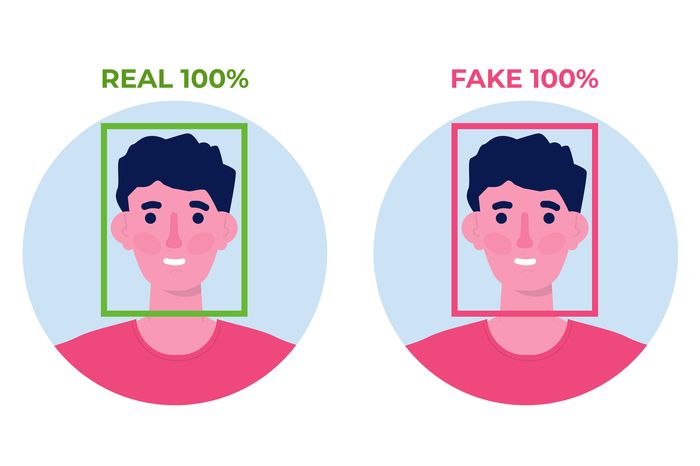In the age of rapidly advancing technology, one term that has gained notoriety is “deepfakes.” Coined by combining “deep learning” and “fake,” deepfakes refer to synthetic media where artificial intelligence (AI) is used to create hyper-realistic content, often manipulating or replacing existing images, audio, or videos with fabricated ones. While deepfakes have the potential for entertainment and creative expression, they also pose significant challenges and risks, raising concerns about misinformation, privacy infringement, and their impact on various sectors.
How Deepfakes Work
Deepfakes utilize deep learning techniques, particularly generative adversarial networks (GANs), to create highly convincing content. GANs consist of two neural networks – a generator and a discriminator – that work in tandem. The generator creates synthetic content, while the discriminator evaluates it against real content. Through continuous iterations, the generator refines its output until the discriminator can no longer distinguish between real and generated content, resulting in a highly realistic deepfake.
Applications of Deepfakes
Entertainment: Deepfakes have found their place in the entertainment industry, enabling filmmakers to bring back deceased actors or create fictional scenarios that would otherwise be impossible.
Face Swapping: One of the most common uses of deepfakes is face swapping, where the face of one person is seamlessly replaced with another’s in videos or images.
Dubbing and Localization: Deepfake technology is employed for dubbing and localizing content, making it appear as if individuals are speaking different languages without losing lip sync or facial expressions.
Concerns and Challenges
Misinformation: The primary concern surrounding deepfakes is their potential to deceive and spread misinformation. As technology advances, it becomes increasingly challenging to discern authentic content from manipulated material.
Privacy Invasion: Deepfakes can be used to create realistic but false narratives, leading to privacy violations and reputational damage. Individuals may find themselves implicated in situations they never experienced.
Political Manipulation: The use of deepfakes in political scenarios raises alarms about the manipulation of public opinion. Deepfake videos depicting political figures saying or doing things they never did could have severe consequences.
Legal and Ethical Implications: The rise of deepfakes brings about legal and ethical challenges, with questions about consent, intellectual property, and the responsibility of platforms hosting such content.
Mitigating the Impact of Deepfakes
Detection Technology: Researchers and tech companies are actively developing deepfake detection tools that analyze facial features, audio inconsistencies, and other anomalies to identify manipulated content.
Legislation and Regulation: Governments worldwide are exploring legislative measures to address the negative implications of deepfakes, focusing on privacy protection, content moderation, and criminalizing malicious use.
Education and Awareness: Promoting media literacy and educating the public about the existence and potential impact of deepfakes can help individuals critically evaluate content and reduce the effectiveness of misinformation campaigns.
Deepfakes present a fascinating yet formidable aspect of technological innovation. While they offer creative possibilities, their misuse raises serious concerns about the authenticity of digital content and its societal impact. As society grapples with the challenges posed by deepfakes, a multi-faceted approach involving technology, legislation, education, and awareness is crucial to strike a balance between innovation and safeguarding against potential harms.



